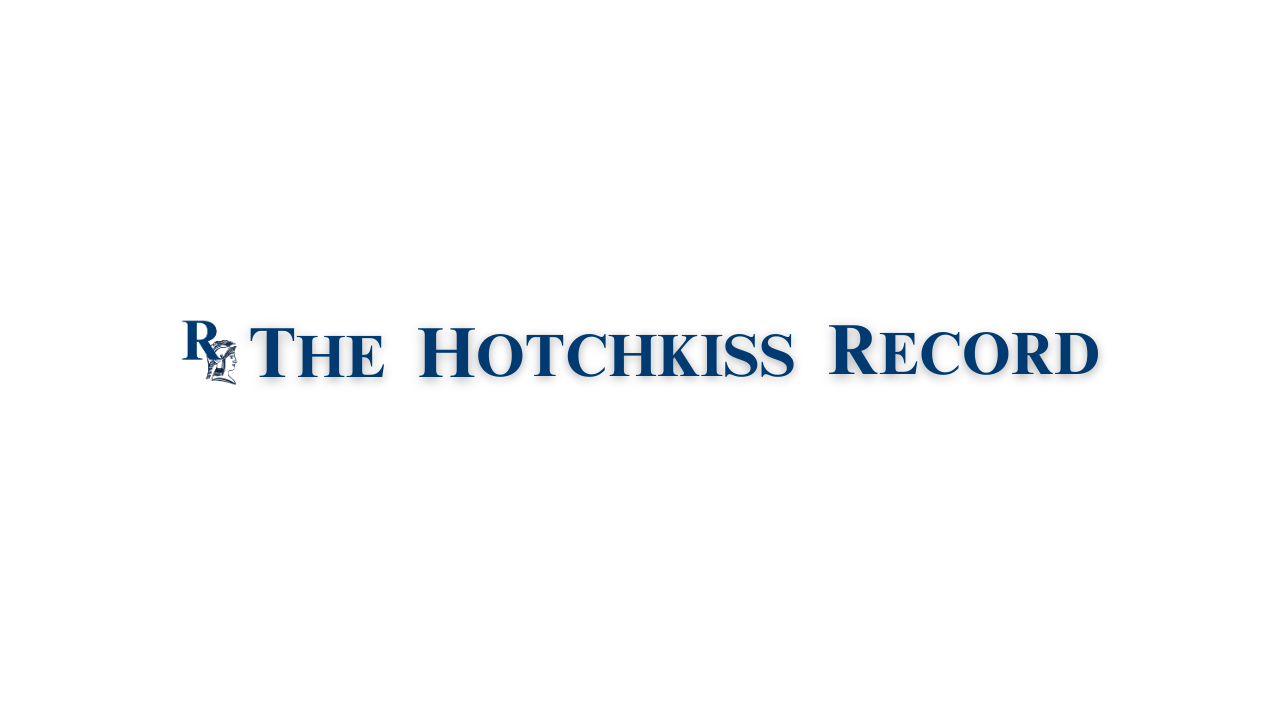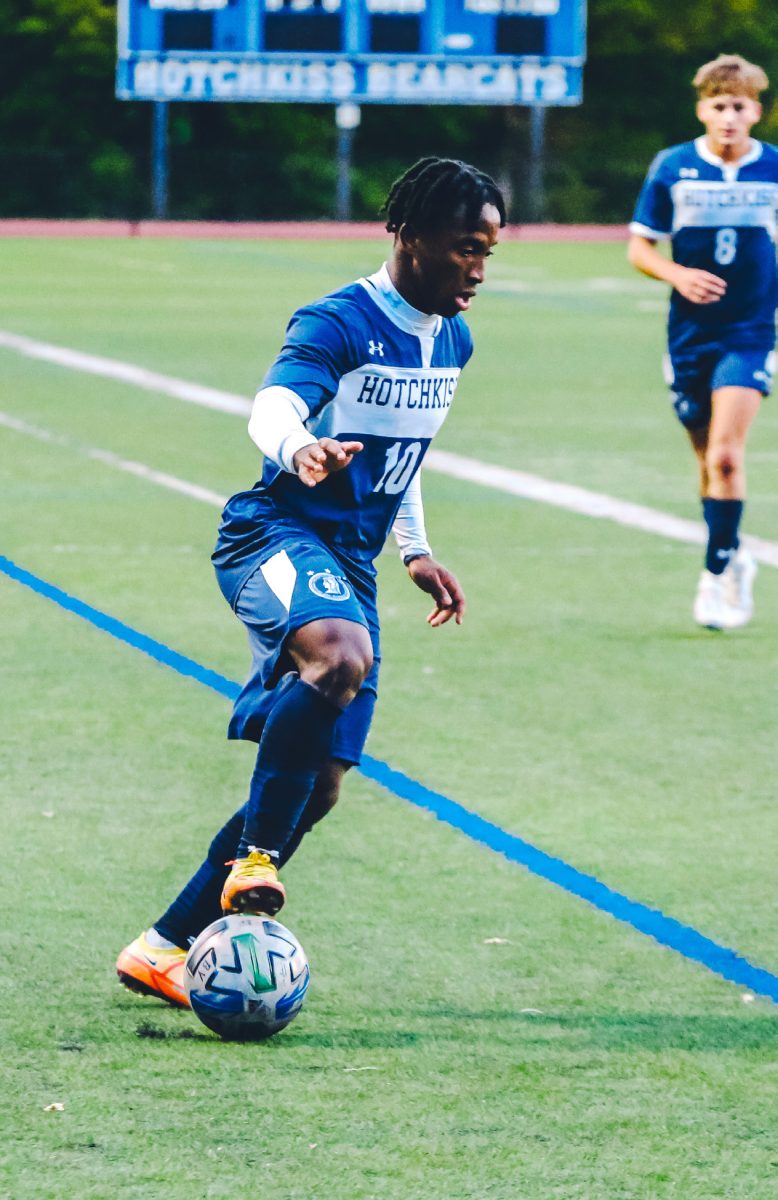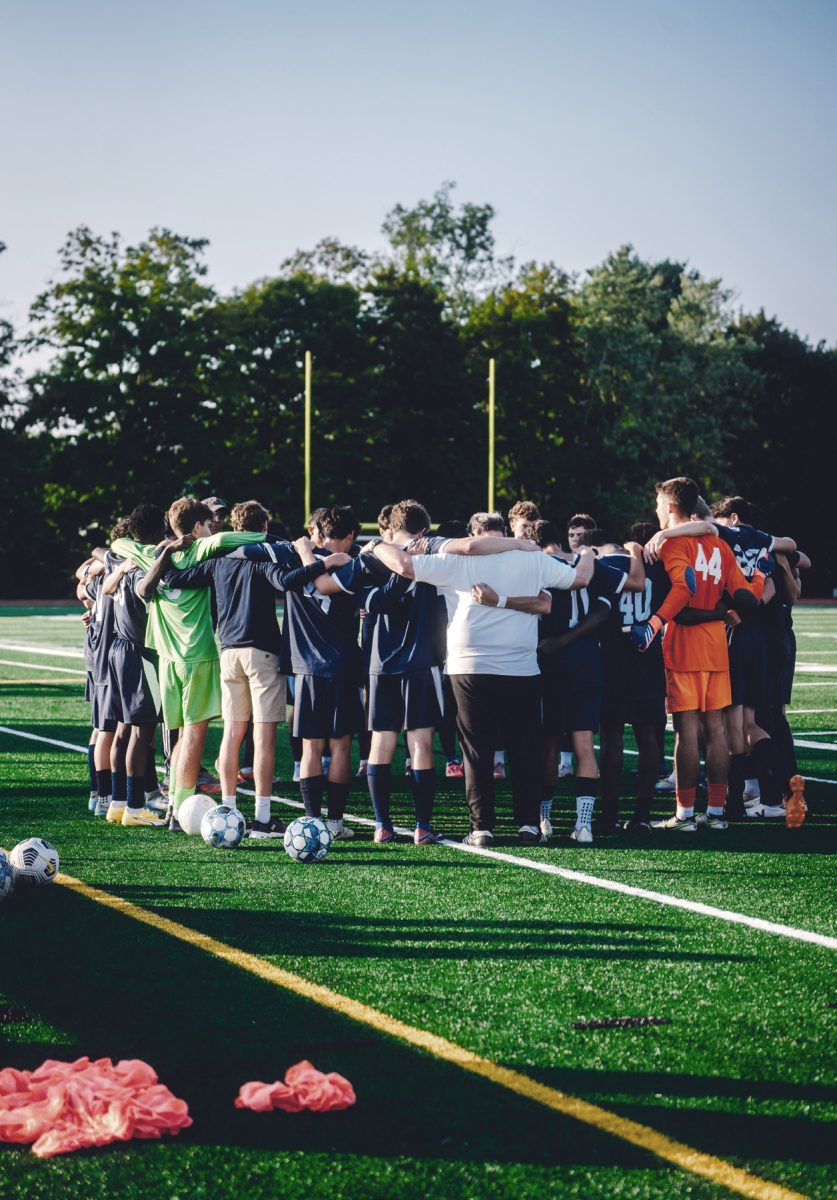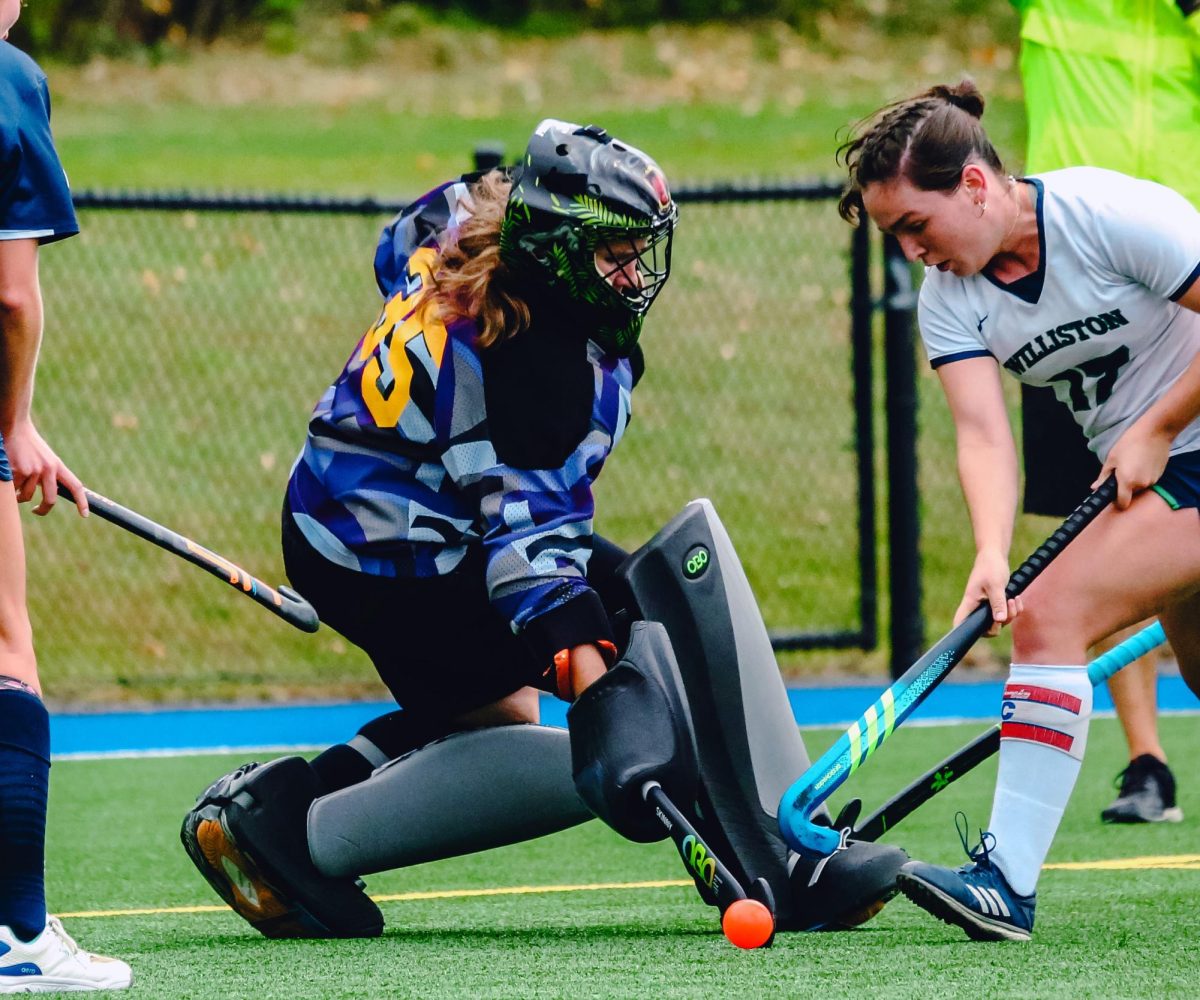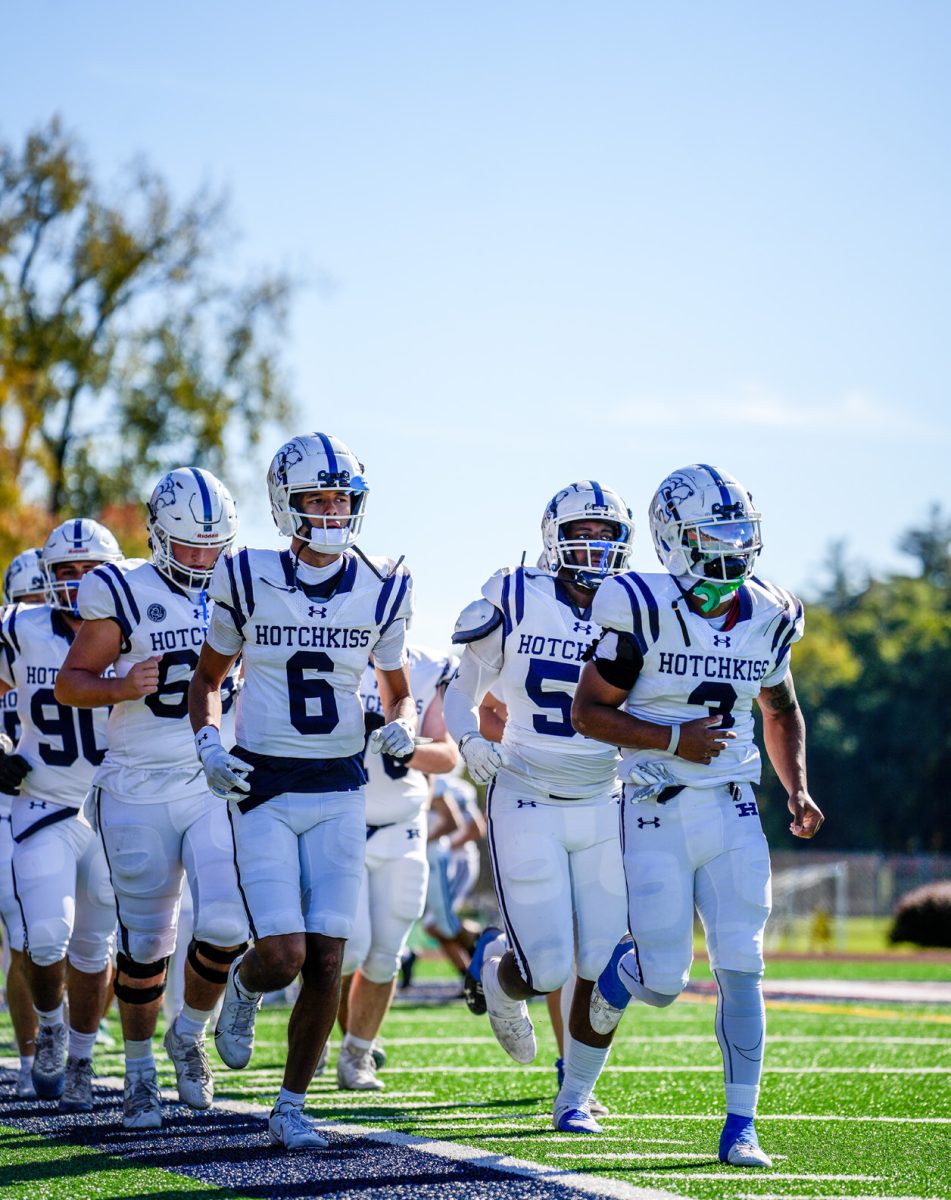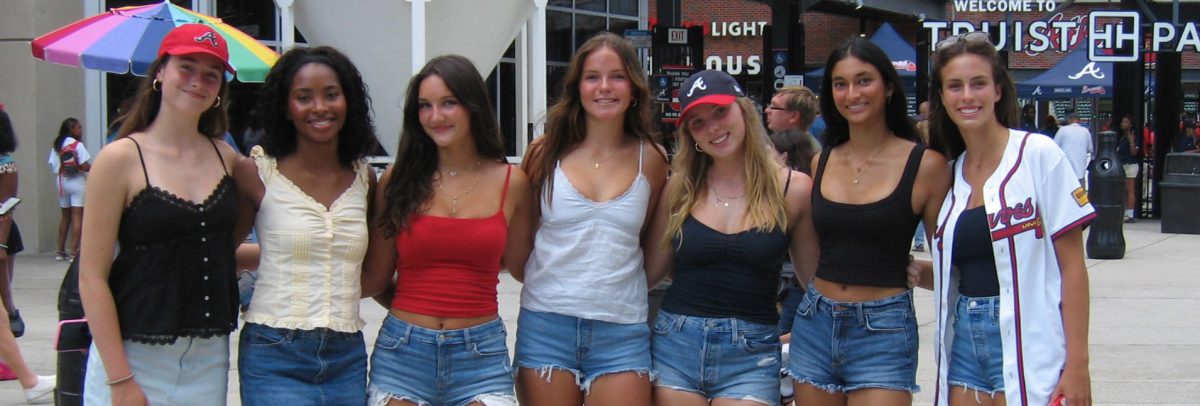SPORTS OPOINION
In 2017, I asked my grandfather whether or not he had watched the college football playoffs that year. He lamented that he had watched neither this year’s playoffs nor many prior, as he believed that the “student” part of “student athletes” had been killed. I have come to agree.
The student-athlete at elite athletic colleges has been so long dead that its grave is collecting dust. As Cardale Jones once said, “We ain’t come to play school.” But modern-day college athletes are facing a new question: Do X’s and O’s still exist, or have they become nickels and dimes?
First, let me state that I have no opposition to the transfer portal. As a Notre Dame fan, I wish Steve Angeli nothing but luck. He gave the Irish four years of loyal service as quarterback, but he left to pursue a starting job at Syracuse in what will be his last year of eligibility. It doesn’t get much more ethical than that. When the portal was simply the opportunity to receive better playing conditions, it represented a universal good for college sports. But Name, Image and Likeness deals, or NILs, are a different beast.
Let’s look at the number-one quarter back of this year’s class, Bryce Underwood. Underwood was initially committed to play college ball at LSU, but he was “persuaded” to decommit and recommit to the UniversityoMichigan. Sure, it’s possible that their 6-6 record, freezing climate, and inexperienced head coach really spoke to him. And sure, maybe the $12 million he received from an NIL fund backed by the fourth richest man in the world, Larry Ellison, was just the cherry on top. But let’s be real: it was the cake.
By investing money in NILs, we are subsidizing the making of 18 year- old millionaires bound no longer by loyalty to a school, but by loyalty to the dollar. On top of that, states are actively making laws to exempt NIL payments from taxation. The lengths to which schools, fans, and legislators have gone to assuage the demands of these athletes (and their bank accounts) is too far.
If you ask me, the worst part of this situation is that the athletes are being guided by agents, parents, and other people who do not have their best interests in mind. One NIL agent admitted that college athletes’ representatives are taking more then 20% of their clients’ money—an outrageous amount, especially when compared to the 3% typically taken by the agents of pros. This is many of these athletes’ first time dealing a significant income, and the NIL statutes in place not only make it easy for the athletes to be greedy, but also for even greedier agents to capitalize off their clients’ inexperienc.
One recent scandal centered around Tennessee QB Nico Iamaleava’s decision to abstain from spring training. It was later revealed that he was holding out for (*big surprise*) more money. Some even alleged that this was not his choice—that his father was pulling the strings in order to extort more money from the program. Iamaleava’s decision to drain his program dry represents another iteration in a concerning trend across college football.
His coach, Josh Heupel, took a step to change that. By refusing to negotiate with Iamaleava, and moving on quickly and decisively, Heupel reinforced the notion that nobody is above the program. Heupel suggests that a return to traditional values may be coming, and it can’t come soon enough.
There are two steps that need to be taken to fix college football. First, we need to educate athletes. Assuming athletes continue to get paid, they need to learn fiscal responsibility, as well as about those who seek to take advantage of them. Beginning in high school, the NCAA needs to brief athletes about what to expect and who to trust. Too many times has an athlete spent their NIL money on a fancy car, sped, and become a victim of money they couldn’t handle. Kyren Lacy’s tragic story is the perfect example of that.
Secondly, the NCAA needs to firmly regulate NILs. Ultimately, these athletes are students. NILs need to come with clear regulations that ensure that they are treated as such and not cornered into exploitative contracts.
When NILs turn athletes into employees, the notion of a student athlete goes into the wind. Heupel took a step in the right direction. It’s time for the NCAA to follow suit.
